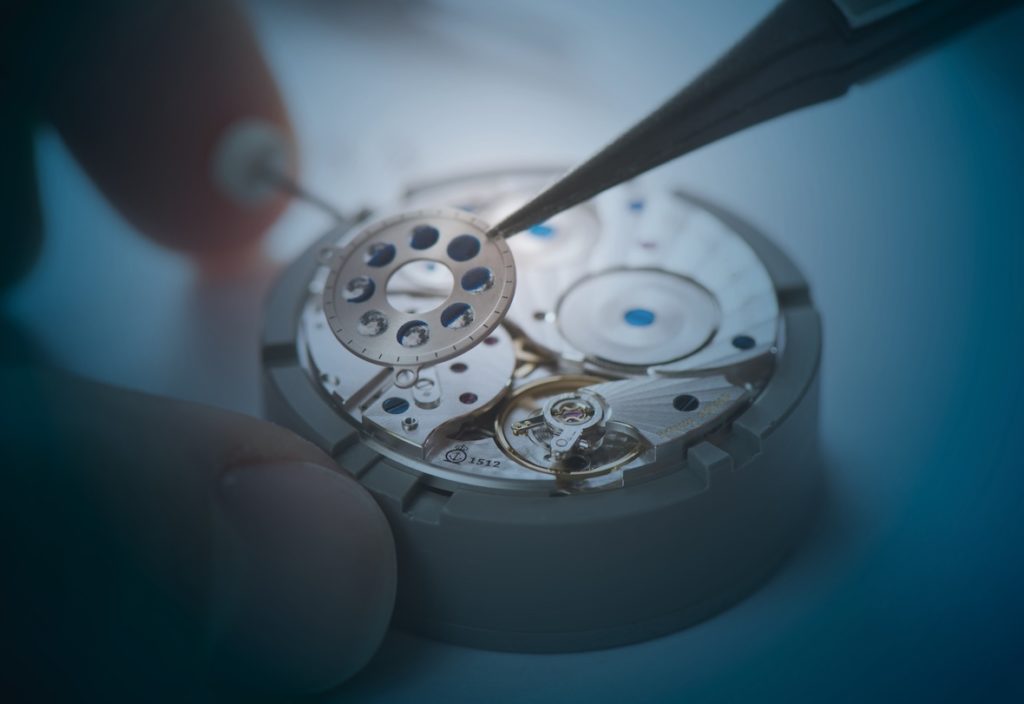
University of Neuchâtel develops a miniature atomic clock for lunar timekeeping
1 July 2024
 The UNINE innovation is crucial for coordinating activities, communication, and precise geolocation on the Moon.
The UNINE innovation is crucial for coordinating activities, communication, and precise geolocation on the Moon.
The University of Neuchâtel (UNINE) has developed an ultra-miniaturized atomic clock to establish a coordinated lunar time (LTC) for future lunar missions.
Fifty-five years after the Apollo missions, the prospect of multiple human landings and the construction of lunar bases underscores the need for a synchronized time system. Both the U.S. Office of Science and Technology Policy (OSTP) and the European Space Agency (ESA) have recognized this need.
Establishing LTC involves more than simply adopting the Earth’s Coordinated Universal Time (UTC). Due to the Moon’s weaker gravitational pull, time passes slightly faster on its surface than on Earth, causing an atomic clock on the Moon to gain about 56 microseconds per day. While this difference is negligible for everyday use, it is significant for applications that require extreme precision, such as satellite geolocation.
Patrizia Tavella, Director of the Time Department at the International Bureau of Weights and Measures (BIPM), outlined two methods for establishing LTC: using an accurate atomic clock on the lunar surface, or using satellites in lunar orbit. The time would then serve as a unique reference for all lunar activities.
UNINE’s Time-Frequency Laboratory, known for its expertise in atomic clocks used in the Galileo geolocation system, is playing a key role in this development. Gaetano Mileti, deputy director of the laboratory, explained that the atomic clock works by using the oscillations of rubidium atoms measured by lasers in a highly miniaturized setup. This technology ensures precise timekeeping, which is critical for lunar missions.
The clock, currently a prototype, needs to be qualified for space missions. It could be used on lunar satellites or bases to help establish LTC. Other metrology centers are also developing similar clocks, and it’s expected that multiple vendors will be involved in future lunar timekeeping systems.
The U.S. is aiming to create LunaNet, a network of communications and navigation satellites equipped with ultra-precise atomic clocks. Europe has a similar initiative, Moonlight. With missions planned through 2026, international cooperation is key to synchronizing lunar timekeeping efforts.
The importance of this development is underscored by Neuchâtel’s role as host of the 37th European Time-Frequency Forum (EFTF), which attracted 450 specialists from around the world. This event, co-organized by the UNINE Time-Frequency Laboratory and other key industrial and academic partners, explored the latest trends in time and frequency technologies, further cementing Neuchâtel’s reputation in this field.

